How to Combat Cognitive Overload with Connie Malamed #ASTDTK12
Learning Visions
JANUARY 25, 2012
high cognitive load (which leads to poor comprehension and obstructs learning) Cognitive load affected by # of interacting elements. If you present info with big words that people have to interpret, you’re imposing high cognitive load. people learn better from simple line drawings than complex photos….



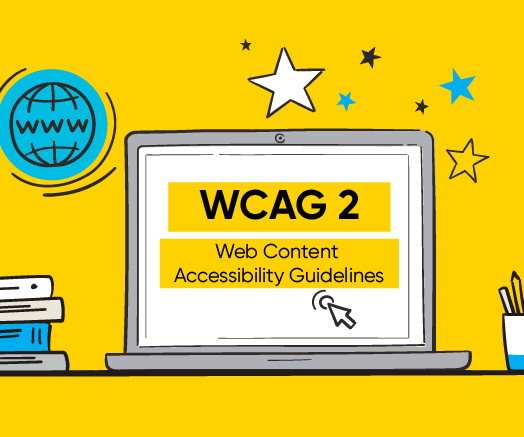
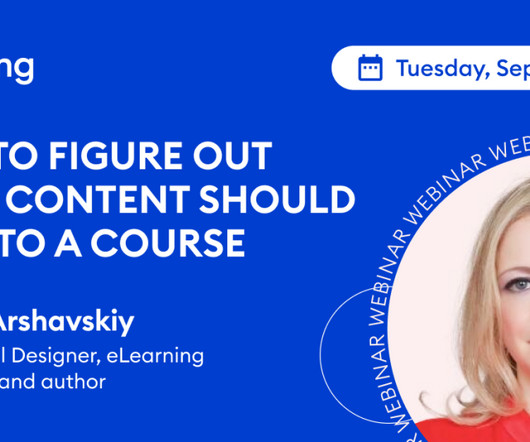








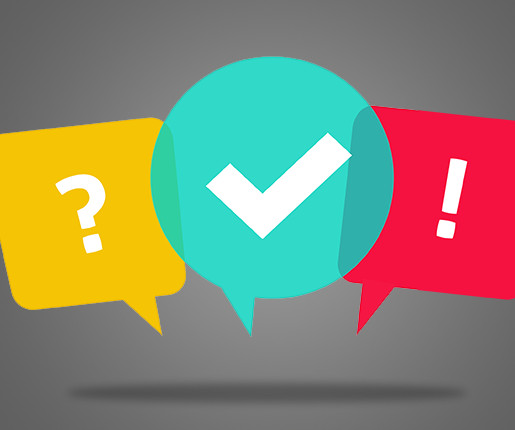

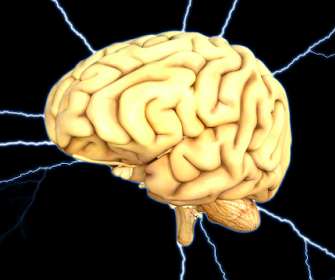






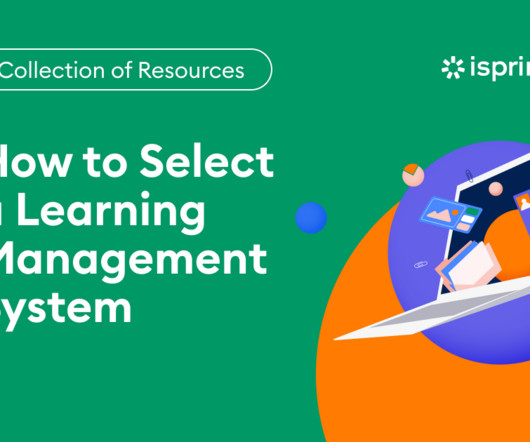


























Let's personalize your content